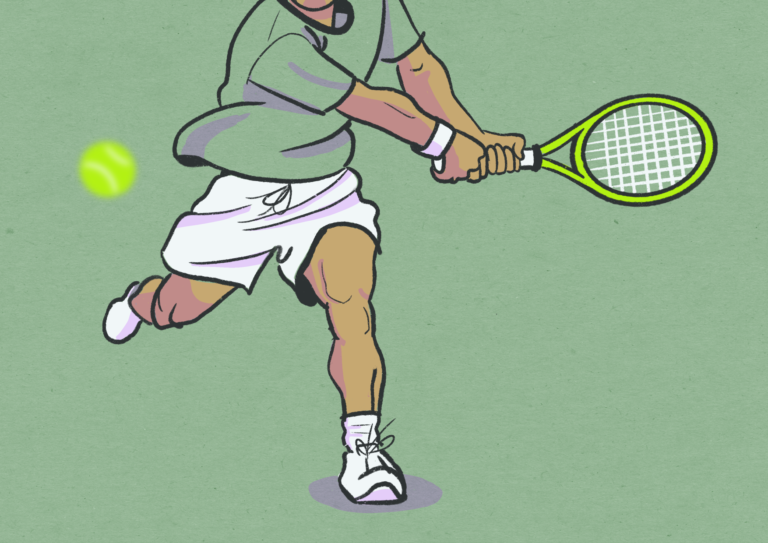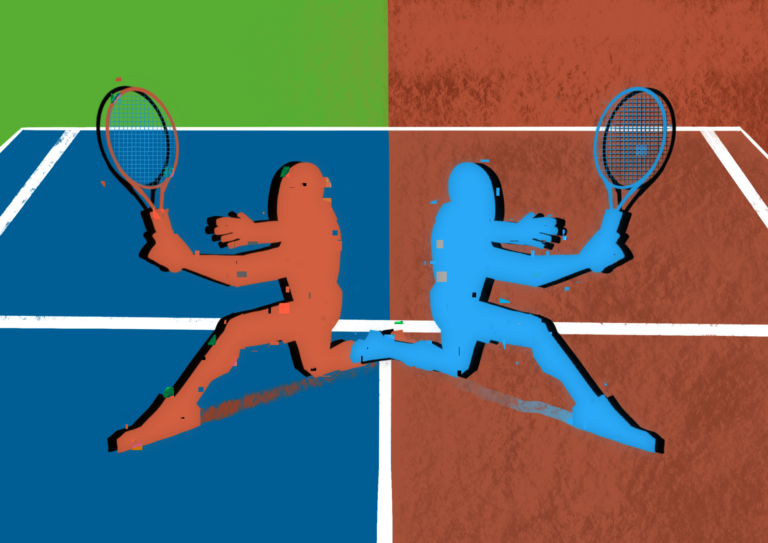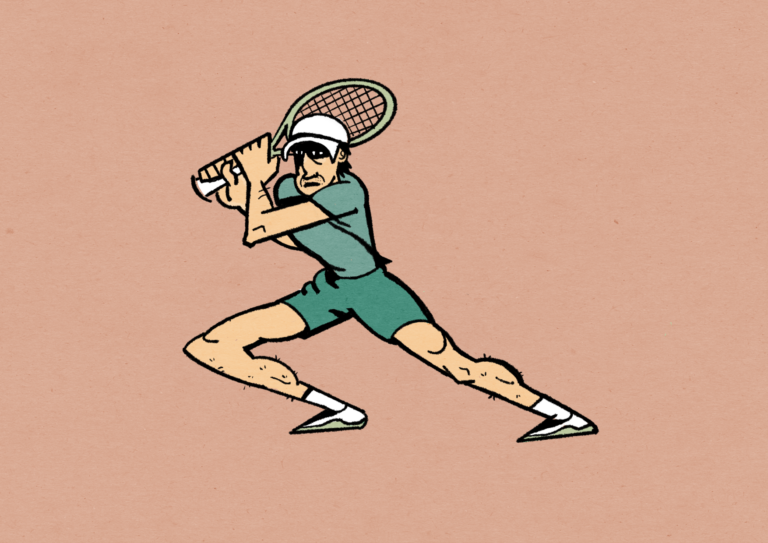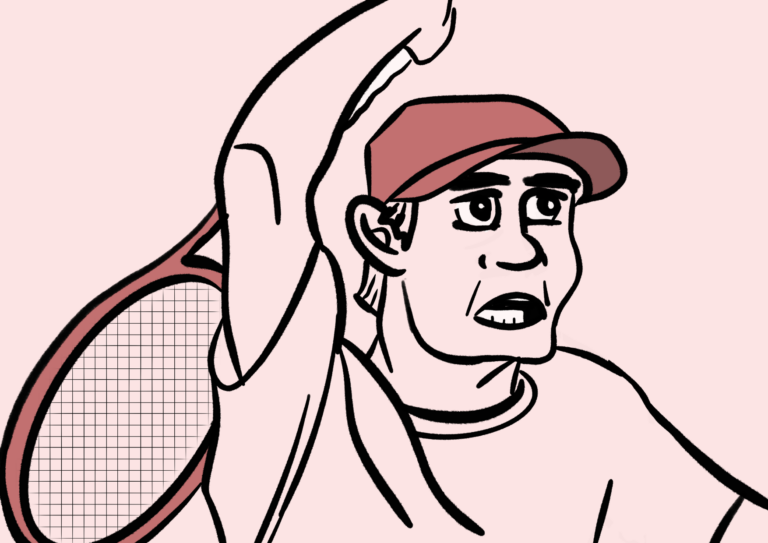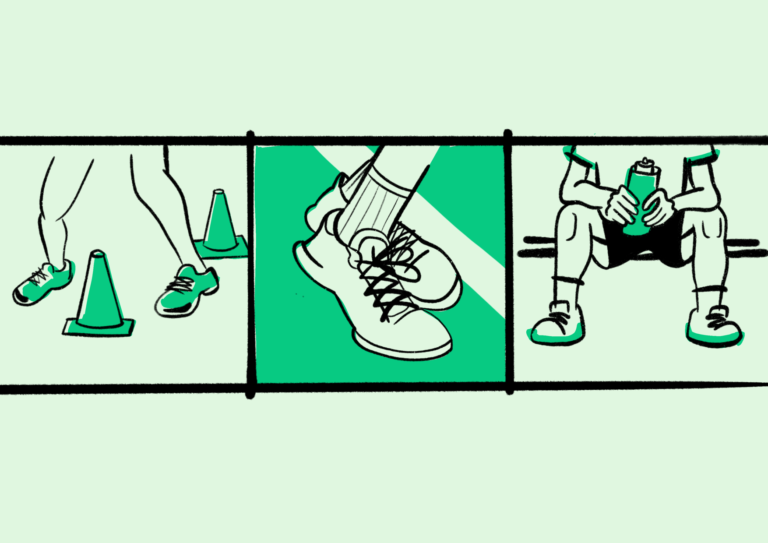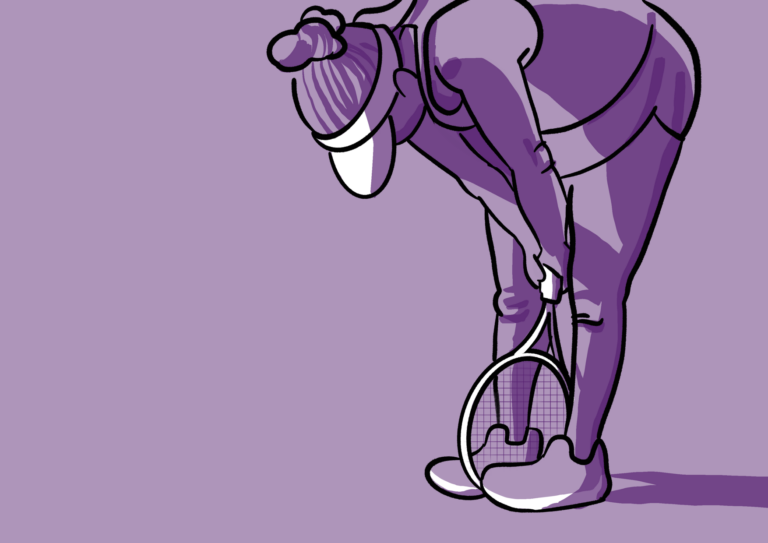What Makes a Great Tennis Player?
What’s the difference between a good tennis player and a great one? Sometimes you can see it right away on the court while other times it may be imperceptible. From general technique to the mental side of the game, there are levels to tennis that only some can dream to reach. But knowing is half the battle. Find out what you pick up and attribute to your own game or simply better understand the game of tennis.
Work Ethic
Although work ethic appears self-explanatory, it is a trait that distinguishes the special athletes. In a Players Tribune article, Billie Jean King sheds some light on the value of work ethic. In this article, Billie Jean King discusses Maria Sharapova’s strong work ethic, an attribute that she had since the young age of 12. According to the article, having a strong work ethic is about knowing how to work hard and smart and finding a dynamic combination of both that enables you to succeed. Some work in silence while some don’t stop talking about the work they put in, but all the greats have it.
Toni Nadal, Rafa’s coach and uncle, has not been shy about what having a strong work ethic means in the sport. If you want to have Rafa’s grit and determination, you can’t expect instant gratification. That is a big part of work ethic, knowing that things do not come instantly, and patience and discipline are both required. Besides that, Toni admits that hard work is the key to success, stating that, “‘If you work correctly and work hard, you can do anything.” It sounds simple, but you have to be willing to sacrifice time, effort, and pain if you want to be great. Very few are not only willing but have the built in drive.
Agility
Agility is the essence of tennis at a high level. Tennis is a dynamic, movement-based sport. Success is contingent on your ability to hit the ball over the net by moving, getting in position, and gearing up for shots, while staying in the point as long as possible. As the level of tennis increases, most players can hit strong shots all-around. So, the strongest players are those that can move effectively and smartly.
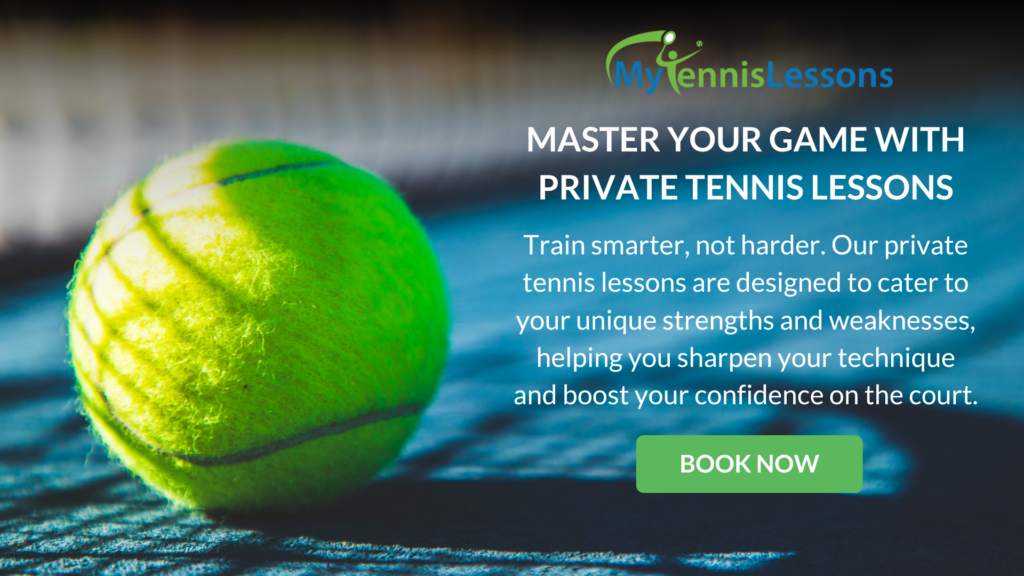
Quicker players have more time to get in position and react to the ball. In a sport where the ball quickly in difficult-to-reach positions, generating extra time for yourself can take your tennis game up to a completely different level. If you’re an agile player, shots that would be winners for some are now within your wheelhouse. Drop shots that you would have barely been able to touch are now reachable. Agility lets top players get to the difficult shots and still recover to get back in position.
How to become more agile
How can you become a more agile player? One easy way to try and become more agile is by incorporating more cardio into your routine. This should be a medium intensity and higher intensity workout that doesn’t give you a long recovery time. In high-level tennis, you might be playing a point that gets your heart rate up significantly, and then you only have 5-10 seconds before you have to do it all again. By building up your cardio this way, you can sustain your tennis level for longer, because with two good players, it can turn into a competition of who-gets-tired-quicker. Half of your time on the court is spent moving laterally so mixing those movements into your training is key.
You can also try small at-home workouts, such as jumping rope. Jumping rope engages your upper body, including your core, while also working on quick feet. Another way to work on your agility is by doing footwork exercises. This can be simple side-shuffles on the length of the tennis court to obstacle-based movement. If you don’t have cones, you can use a book, a water bottle, or small objects. There are various agility drills that can help improve true beginners as well as advanced players.
Fitness
An adjacent trait that distinguishes great tennis players is physical fitness. There are some tennis players who do not rely as much on physical physique, but most are physical freaks. Being in great physical shape allows players to prolong points, get to shots early to hit winners, hit bigger serves, among many other things. Just how much more physically fit are top tennis players?
Let’s talk about a current top pro like, Carlos Alcaraz. One workout that Alcaraz does, as well as other top tennis athletes, is medicine ball training. This fitness and strength-building exercise is crucial for improving one’s groundstrokes, serve, and overall movement on the court. Pros like Alcaraz also make use of elastic bands during his warm-ups, which put less strain on the body while still strengthening. In high level tennis it’s more about explosiveness than overall top end speed. According to a stats-based analysis by the ATP Tour, “The most iconic sequence in tennis is a player stopping on a dime and changing direction to execute a winning shot while running at top speed. An explosive movement is recorded every time an athlete performs a highly-demanding acceleration or deceleration.” This is not a sequence a player can pull off unless they posses high end fitness. Top notch physical fitness is the difference between exploding to hit a strong, solid winner or exploding to the side to barely reach the ball and give your opponent a perfect set-up.
Shot Selection
For us mere mortals, top players’ ability to place the ball in strategic spots on the courts seems impossible. Shot selection, including deciding what shot to make, where to place it, and when to use a unique shot, separates great tennis from good tennis players. In both singles and doubles tennis, a player must think quickly without any time where they should place their shot. There are a lot of things going through your head when making the decision. What will your opponent do with their next shot? How will your opponents move to get to your shot? Will I be able to recover based on where I hit the shot? And all of this must be decided in the heat of the moment.
At a high level of tennis, where all players can hit every shot, reading the court is essential. Thankfully, it is something that can be learned. Watching more tennis can help with your understanding of shot selection and playing patterns. Watch matches on YouTube for free, Tennis TV, ESPN, or wherever you get your tennis and see what ideas you get. You can also read online about ball placement, depending on your level. At the beginning to intermediate level, playing more tennis will always help as well. A good tip is hitting crosscourt or to a hard-to-reach open court will open up plenty of options. Even the best players in the world rely on coaches to discuss strategy and tactics on the court. If you are trying to step up your level a local coach will help you as well.
Natural Talent
The fifth trait that separates great tennis players can’t be taught. Yes, hard work and talent beats talent alone, but there are some players who are just incredibly gifted, and this is what makes them great. There are some players that just have either fitness, hand eye coordination, or techniques that can’t be taught. Some players have everything. Not every body type, mentality, or athletic skill set will lend itself to tennis.
Usually when young a player realizes they can pick the game up easily or a coach can spot it right away. If you or your child just started playing, how can you tell if you’re one of the lucky talented ones? Consider talent as the natural, raw ability to do something with effort, or how quickly you improve with effort.
If you’re not one of the super talented players, don’t fret! According to world-renowned expert Angela Duckworth, “‘As much as talent counts, effort counts twice.’” She suggests, with data, that in sports and life, natural talent is meaningless without grit, or a crucial combination of passion and persistence. So natural talent will only take you so far but no top player is without it.
Mental Toughness
In singles, you’re by yourself on the court–it’s not a team sport where someone else can get you out of a hole. Tennis is also a game of errors, of hitting it out, missing in the net, or completely whiffing. So if you get nervous in tennis and mess up, it can cost you more than it does in other sports. For instance, if you make a bad pass in a game of soccer or basketball, the immediate result isn’t the other team scoring. You can still redeem yourself and make up for that error right then in the moment. It doesn’t work like that in tennis–an error is greeted with an immediate point to your opponent!
So, how can you learn skills to become tournament tough? The biggest tip is just to compete. Exposure therapy is a necessary step here. The biggest way to get comfortable transitioning from the lack of pressure in practice is to put yourself out there and compete. Sign up for tennis tournaments at local or state levels, and try your best. Learn and develop strategies that work for you.
If you still find yourself to be a nervous player when pressure comes, come up with a calming routine. Find a way to get a quick mental break between points, whether it’s bouncing the ball a certain amount of times before you serve or engaging in positive, motivational self-talk. Ultimately, it’s mind over matter, and in tennis you have to control your mind!


